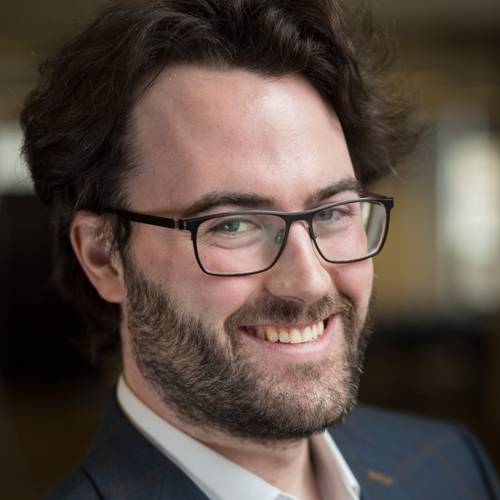About This Webinar
Over the last decades, technological progress has allowed combining Fourier-transform spectrometer instruments with focal-plane array imaging to provide a combination of high spatial, spectral, and temporal resolutions. Thermal infrared hyperspectral imaging remote sensing can be used to identify the chemical nature of targets based on their unique infrared spectral signature, and spatially resolve multiple species within the same scene. Among a series of great potential applications, this particularly offers a new reliable gas identification and quantification imaging system that represents an improvement to the current standard gas detection technologies.
To minimize greenhouse gas emissions and guarantee the safety of people and property, gas transport operators must regularly monitor their entire network to detect methane leaks. Many regulatory bodies around the world are taking significant steps toward sharply reducing emissions from the oil and gas sector. Airborne infrared hyperspectral imaging can visualize and quantify these emissions and gas leaks under various environmental conditions. Efficient gas detection and quantification from a surveying aircraft is advantageous as a considerable time saver and for safety purposes. To this end, Telops has established a methane airborne detection solution service for the Oil and Gas industry.
The capabilities of the airborne-based methane emission detection system, using the Long-Wave Infrared (LWIR) spectral range, will be demonstrated from recent measurement campaigns composed of multiple controlled methane releases and field measurements. Based on the results collected during these tests, airborne infrared hyperspectral imaging is shown to be a highly efficient and sensitive tool for the detection and quantification of methane leaks. This presentation is designed for researchers and people from the industry interested in learning more about this new powerful detection tool, regardless of if you’re a newcomer or a hyperspectral connoisseur.
*** This presentation premiered during the
2023 Photonics Spectra Hyperspectral Imaging Summit. For more information on Photonics Media conferences and summits, visit
events.photonics.com.
About the presenter

Antoine Dumont, Ph.D., is a field application scientist for Telops in Quebec City, Canada. He obtained a doctorate degree in materials science at the University of Toronto. For the past 10 years, he has worked in optoelectronics and materials physics, developing an expertise in a variety of imaging and spectroscopy technologies. In his current role, he provides high-level scientific and technical support for Telops’ hyperspectral and broadband infrared imaging cameras for a range of applications including gas detection, mineral mapping, experimental mechanics, fluid dynamics, and pyrometry.